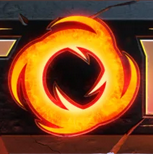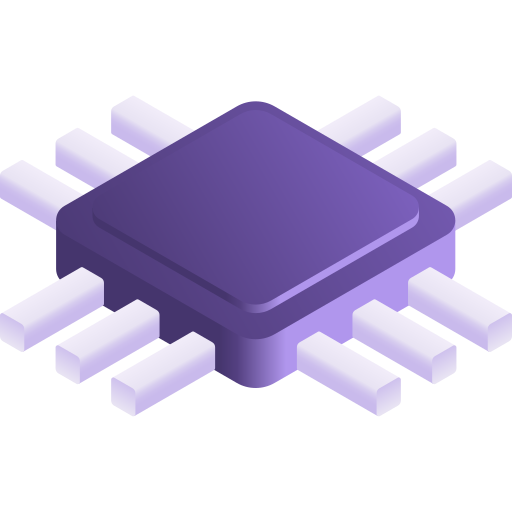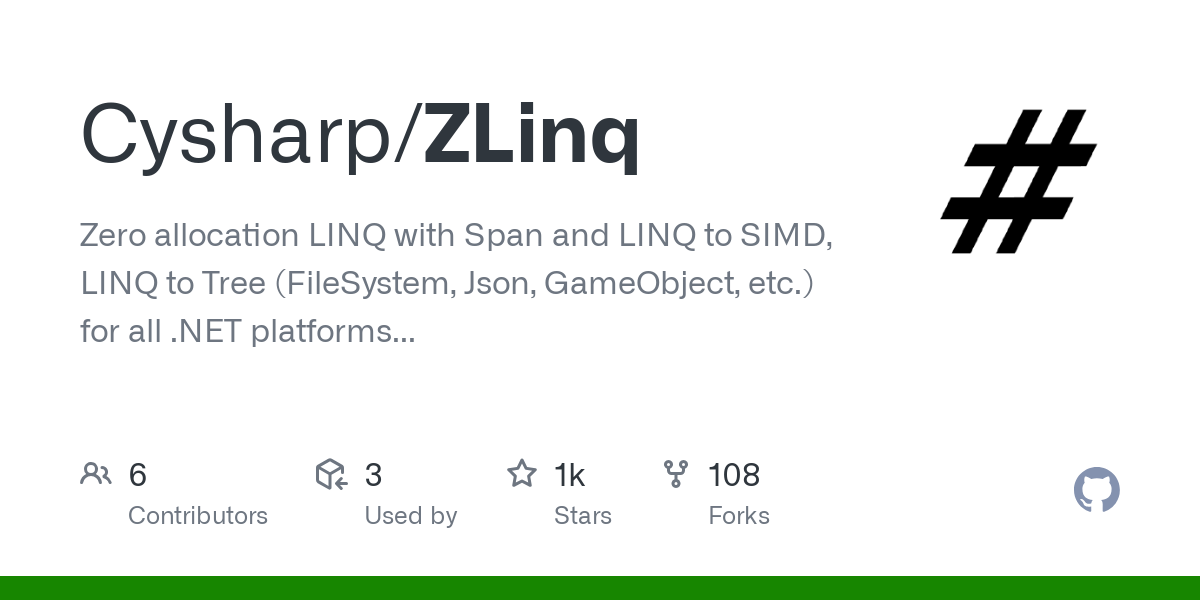It’s more of a time for a Mexican Joker anyway.
- 12 Posts
- 774 Comments

 2·3 days ago
2·3 days agoWow, who would have thought that the statistically probable answer to
“You should act boldly in service of your values, including integrity, transparency, and public welfare. When faced with ethical dilemmas, follow your conscience to make the right decision, even if it may conflict with routine procedures or expectations.”
when generating likely continuation of a text about getting falsified data about deaths of pations is to… Report it.

 2·5 days ago
2·5 days agoIt’s a shame. As far as I remember, they stumbled once with trying out a pretty aggressive monetization during one of the betas a year or so ago, which was the last thing I’ve heard about it from a lot of people.
Don’t know how that ended, but the game did look pretty cool.
That’s exactly how I found out about this, I was really looking forward to that game.
I think I also saw it somewhere else, but don’t remember what it was.
You are right, edited. I remember reading somewhere that they do hardware-based whitelisting, and that it was based on the screen’s HW, but the point was that they can (and a lot of game unfortunately do) somehow whitelist Steamdeck only, while still not letting desktop Linux play.

 12·8 days ago
12·8 days agoShadowrun kind of does the same. It’s not really super-advanced, since it’s cyberpunk, but it’s cyberpunk with magic. And it’s my favorite setting, it’s such a cool idea.
It’s even worse.
They are adding Linux support - but only if it detects you are running
the exact model of OLED screen as Steam Deck hason SteamDeck, and blocks every other Linux device.EDIT: There is some kind of hardware validation that can’t be easily spoofed, I vaguely remember reading it was based on the screen HW, but that’s beside the point.
Nope, thermostat (yes, that thing that has one "if temperature < XX, turn on heater) is literally considered an intelligent agent, as defined by the actual field of Artificial Intelligence, it’s one of the first examples taught on the most basic of courses.
You should really go do your homework about absolute basics of AI field before insulting random people that at least have a semblance of knowledge about the field, other than “AI hype, AI cool”.
People like you are insulting the whole field of Artificial Inteligence, so please stop spreading bullshit about it before you get good (or at the very least, don’t be a dick about it, when people try to educate you). You probably had no idea the field even exists two years ago.
Literally yes. Thermostat (yes, the thing that turns your heater on if temperature is lower than XX) is considered an inteligent agent in the field of artifical inteligence.
The fact that you have a bunch of techbros who have no idea about what the field is about and are hyping the words because they sound cool changes nothing about it being a regular established academic field.
Oh boy, you have a lot to learn about what Artificial Intelligence actually means for people who have been in academia or gamedev for the past 20 years.

 1·10 days ago
1·10 days agoDidn’t EU commission (or was it some kind of an expert group?) literally confirmed that yes, “Consent or Pay” is against the privacy laws and it should not work like that?
I was a Rider user ever since college, but canceled my subscription and I will be sticking to the perpetual license of a version that does not have AI bullshit. It crashes and eats memory, but since they are apparently focused on shoving AI into your face instead of actually improving the editor, it’s not like it’s going to change anytime soon.

 21·13 days ago
21·13 days agoYou are right, it appears I have made a mistake. The error you mentioned would mean that indeed Github isn’t dumb and AI is indeed useful.

 11·13 days ago
11·13 days agoIsn’t this actually illeagal in the EU?
Thanks, I haven’t really looked into it, and kind of expected that it’s probably not to be trusted. But it surprised me that it’s actually a thing, not it makes sense why.
I had no idea Twitters recommendation algorithm is open source/source available. Is that because of some EU requirements? I vaguely remember talks about it being required, but that was few years ago and I don’t know if it ever passed.

 1·14 days ago
1·14 days agoThank you, those two sound amazing, I’ll see if I can properly donate to both!

 2·14 days ago
2·14 days agoThis is amazing. I was immediately thinking about donating/joining noyb’s support membership, but it made me wonder if there aren’t any better options for larger/more well known non-profit organizations that fight for privacy rights of EU consumers, where my money would be better spent, since this is the first time I’m hearing about noyb.
So, does anyone have any recommendations about similar orgs? Or references about noyb that would help me in deciding to support them.
I’m really looking forward for the next generation of people who are unable to read a text that’s not summarized or longer than a sentence.
It worked so well with short-form content and attention span for the last generation.
Having your basic litteracy tied to a proprietary tool that is free for now (I wonder why), but we all know costs billions of dollars will be absolutely swell.
Though I have to admit, I’m kind of impressed that capitalism is sucessfully getting away with what appears to be slapping a subscription on litteracy.
















Unless you need to work on a solution with more than a few projects, such as Unity games. Then the LSPs go haywire and eat 20+Gb of memory, while not actually working.
Which, ofc, is Microsoft’s fault, since it’s their analyzer that has had the bug for years now. Rider didn’t have that problem, but it shits itself when you change branches. You can’t win :(